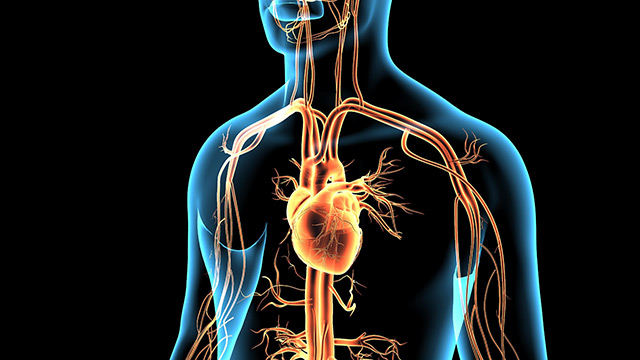Get moving! Replacing 30 minutes of sitting with ANY type of physical activity reduces the risk of early death
03/30/2019 / By Edsel Cook

Some types of sharks must constantly keep swimming in order to stay alive. While humans are not sharks, it is also in our best interest to move as much as possible if we want to live long lives. A new study recommends spending at least half an hour each day performing any kind of physical movement if you wanted to live a longer life.
Researchers from Columbia University took a look at the activity levels and health of nearly 8,000 participants who were middle-aged or older. They reported that people who turned at least 30 minutes of inaction into physical activity can reduce the chances of dying early by up to 35 percent.
The physical activity did not have to be a full-fledged physical exercise, said lead researcher and primary author Keith Diaz. As long as the body is moving instead of staying still, you would enjoy increased protection against sudden mortality.
This was welcome news given the findings of a separate study. That report warned that 25 percent of the adult population spent more than eight hours each day in a sedentary position. (Related: Cataracts linked to increased risk of deadly disease, early death in women, according to study.)
Sitting for more than an hour increases the chances of early death
Diaz previously conducted a study involving adults who remained seated for long periods of time. In that experiment, participants who stayed in a sitting position for at least one straight hour suffered a higher risk of dying prematurely.
In contrast, there were participants who spent the same total amount of time in their seat but enjoyed much lower risks of early death. These people would stand up and move around their workplace every now and then.
Last but not least, the participants who showed the lowest risk of early death turned out to be the ones who spent no longer than 30 minutes in their seats. The Columbia study concluded that people could reduce the risk of death by taking breaks every 30 minutes in order to move around.
How long and how vigorously does a person need to move every now and then?
The objective of the study was to determine the duration and intensity of physical activity required to cancel out the harmful effect of sedentary inaction. The data was drawn from a national investigation of how racial and regional factors affected the chances of stroke.
Each participant wore activity monitors over the course of the trial period. The devices recorded the duration and intensity of the physical movement performed by an individual.
Afterward, the Columbia researchers analyzed the death rate among the participants up until 2017. The resulting data allowed them to calculate the effect of a period of physical activity on the risk of early death.
Doing many brief periods of physical activity will help extend your life
In a paper published in the journal American Journal of Epidemiology, Diaz wrote that replacing a 30-minute-long period of inactivity with a similar stretch of time doing light physical activity achieved a 17 percent reduction in the chance of premature death. Increasing the intensity of the activity to moderate or vigorous levels doubled that effect, resulting in a 35 percent improvement.
Furthermore, very short periods of physical movement could achieve these health benefits. Such bursts of activity lasted only one or two minutes, but they provided invaluable protection against premature death.
“If you have a job or lifestyle that involves a lot of sitting, you can lower your risk of early death by moving more often, for as long as you want and as your ability allows — whether that means taking an hour-long high-intensity spin class or choosing lower-intensity activities, like walking,” recommended Diaz.
Sources include:
Submit a correction >>
Tagged Under:
early death, exercise, longevity, no physical exercise, physical activity, physical activity levels, physical exercise, premature death, sedentary lifestyle., senior health
This article may contain statements that reflect the opinion of the author
RECENT NEWS & ARTICLES
COPYRIGHT © 2017 HEART NEWS



















